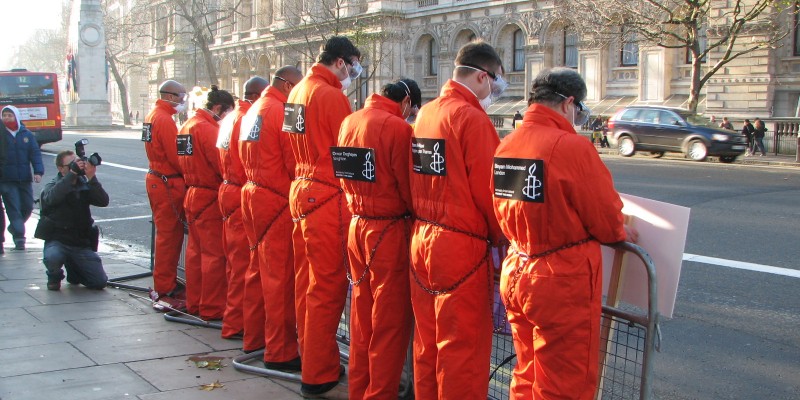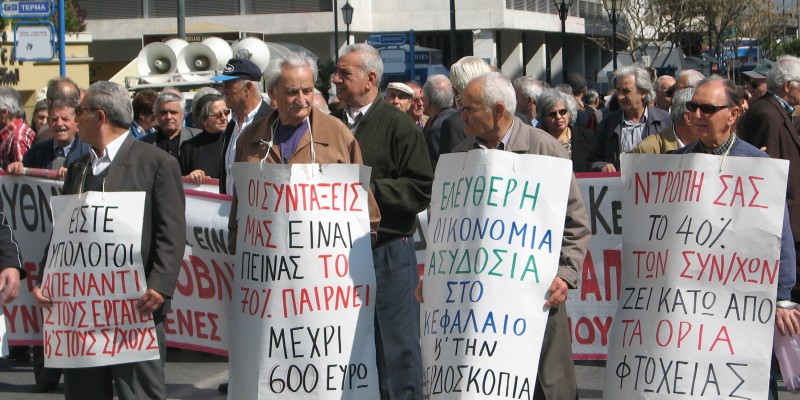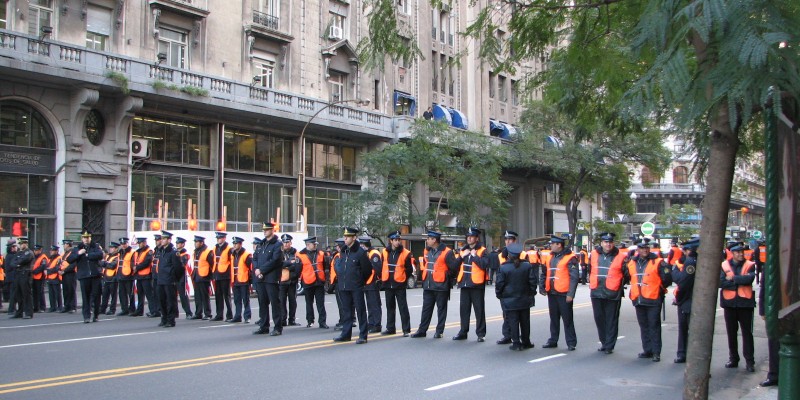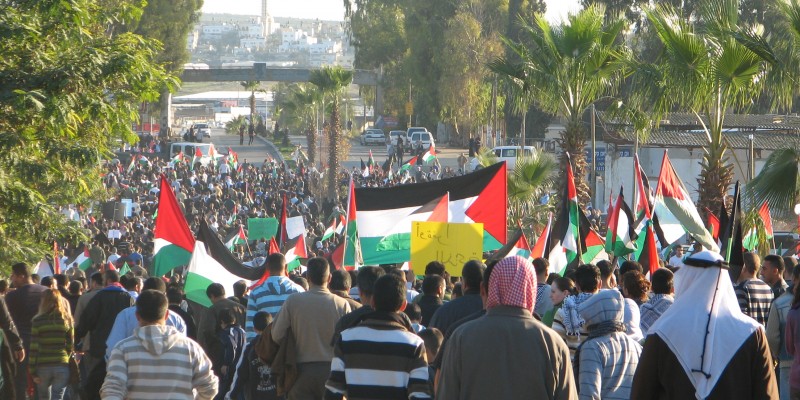Throughout the history of cities, protests and acts of aggression have been embedded within urban life. Especially since the beginning of the 20th century, challenges to the social order have forced politicians to court the masses in public arenas—the same arenas that have also been used as platforms to resist political rule. These assemblies—whether supportive of or resistant to the government—take place in concrete time and space, thus spawning powerful relationships between place and protest. Addressing these relationships, this research offers a window into how people use, manipulate, claim, and appropriate urban space while advocating for their own values.
The research aims are: (1) To build an analytical, interdisciplinary framework for the spatial physicality of dissent; (2) To advance a comparative framework for forms of citizenship and cultural identities to elucidate the role of organizations and individuals devoted to a quest for social justice; (3) To offer significant new perspectives on how different and changing notions and practices of citizenship relate to our multicultural society.





